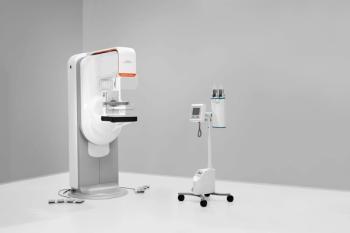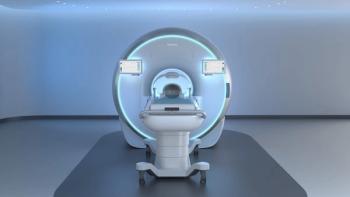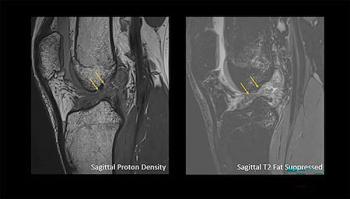
Report from SIR: Uterine artery embolization tops myomectomy
Five-year data released at the Society of Interventional Radiology meeting show that uterine artery embolization has a 73% success rate for treating uterine fibroids. Supporters hope the finding will increase the popularity of the procedure as an alternative to myomectomy or hysterectomy.
Five-year data released at the Society of Interventional Radiology meeting show that uterine artery embolization has a 73% success rate for treating uterine fibroids. Supporters hope the finding will increase the popularity of the procedure as an alternative to myomectomy or hysterectomy.
"Now that the data exist, women will be hearing more about this procedure as a minimally invasive alternative to surgery," said Dr. James B. Spies, a professor of interventional radiology at Georgetown University Hospital.
Of 200 prospective patients enrolled by Spies and colleagues in their uterine fibroid embolization trial, 182 completed the five-year follow-up after the procedure. The investigators confirmed that UAE is an effective and safe strategy to treat fibroids. They also found that UAE can control fibroid symptoms for as long or longer than does myomectomy.
The researchers followed patients at three, 12, 24, 36, 48, and 60-month intervals. They assessed patient outcomes through written questionnaires and also by keeping track of their symptom status, additional interventions, and the regularity of their menstrual cycles.
Investigators defined UAE's failure as the occurrence of a hysterectomy, a definitive myomectomy, or a repeated embolization in the preceding interval. They used summary statistics at each interval to evaluate symptom status, interval failure, and hysterectomy rates.
At five-year follow-up, researchers recorded a 73% success rate with the minimally invasive approach. Twenty-percent of patients had either failed treatment or recurred with new fibroids during the same period, including 25 hysterectomies, six myomectomies, and three repeated embolizations. At least four hysterectomies were unrelated to either recurrent fibroids or complications. Three patients died during follow-up, also of unrelated causes.
"The key question gynecologists always ask is how durable and reliable fibroid embolization is. These five-year outcomes show embolization is comparable to myomectomy but less invasive, and women recover from it more quickly," Spies said.
The long-term study results had some limitations. Researchers could not reliably assess, for instance, UAE's effects on amenorrhea. More sophisticated studies to assess all possible variables in this area are needed, Spies said.
"I'm not afraid of treating large fibroids, but now I know what to expect two or three years down the road. Now I know what to tell the patients," he said.
Newsletter
Stay at the forefront of radiology with the Diagnostic Imaging newsletter, delivering the latest news, clinical insights, and imaging advancements for today’s radiologists.




























